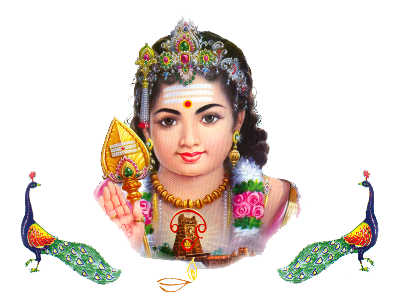St. Maroun’s Day in Lebanon 2024
Exploring St. Maroun's Day: A Lebanese Cultural Extravaganza
Dive into the heart of Lebanon’s heritage on St. Maroun’s Day. Uncover the beauty of this cultural extravaganza, celebrating St. Maroun and his enduring legacy.
Related:
QUICK FACTS:
- Date: February 9th
- Main Components: Mass, procession, feast, cultural activities
- Popularity: National holiday and church feast day in Lebanon
- Pairings: Lebanese cuisine, hymns, dances
- Variations: Different dates and customs in other countries
Introduction
St. Maroun’s Day is a feast day that commemorates the life and legacy of St. Maroun, the patron saint of Lebanon and the founder of the Maronite Church. The feast day is celebrated on February 9 by the Maronites, a Christian community that traces its origins to St. Maroun and his disciples. The feast day is also a national holiday in Lebanon, where the Maronites constitute about a quarter of the population and have a significant influence on the country’s politics, culture, and history.
St. Maroun: The Hermit and the Leader
St. Maroun was born in the fourth century in the city of Cyrrhus in Syria, which was part of the Roman Empire at the time. He was apriest who embraced a life of asceticism and mortification, following the example ofChrist and his predecessor St. Anthony. He lived as a hermit in the open air, exposed to the harshest weather conditions, such as rain, snow, and sun. He practiced various forms of penance, such as fasting, prayer, meditation, and physical exercises. He also performed many miracles, such as healing the sick, casting out demons, and controlling nature. He attracted many followers, who sought his guidance, wisdom, and holiness. He became a leader and a father to a movement of anchorites, who lived in solitude and devoted themselves to God. He also founded the first monastery dedicated to him, called the Monastery of Saint Maron, near the river Orontes in Syria.
Related: Independence Day In Grenada
St. Maroun and the Maronite Church
St. Maroun died around 410 AD, and his remains were transferred to a village called Kfarhai (or Kfarhay) in Lebanon, where he was buried with great honor. His disciples continued his work and spread his teachings throughout the region, especially in Lebanon, where they found refuge from persecution and established many churches and monasteries. They also maintained their connection and loyalty to the Roman Church, despite being isolated from the rest of the Christian world due to political and religious turmoil. They defended their faith against heresies and schisms, such as the Monophysite controversy that rejected the Council of Chalcedon’s declaration that Christ had two natures, human and divine. They also resisted invasions and oppressions from various empires and rulers, such as the Byzantines, the Arabs, the Crusaders, the Mamluks, the Ottomans, and the French. They developed their own liturgy, rites, traditions, and identity, which distinguished them from other Christian denominations. They became known as the Maronites, after their spiritual father St. Maroun, who was canonized as a saint by Pope Benedict XIV in 1748.
St. Maroun’s Day: A Feast of Joy and Gratitude
St. Maroun’s Day is a feast that celebrates the life and legacy of St. Maroun, as well as the heritage and history of the Maronite Church and people. It is a day of joy and gratitude for everything that God has done for them through St. Maroun and his intercession. It is also a day of prayer and reflection on how to follow St. Maroun’s example of holiness, humility, courage, and love. The feast day is marked by various religious and cultural activities, such as:
Related: Propose Day In India 2023
- Attending mass and receiving communion at local churches or at the national shrine of St. Maroun in Annaya, Lebanon
- Visiting the tomb of St. Maroun in Kfarhai or other places where his relics are kept
- Singing hymns and chants in honor of St. Maroun and his disciples
- Participating in processions, parades, dances, and festivals that showcase the Maronite culture and identity
- Sharing meals and gifts with family, friends, neighbors, and strangers
Conclusion
St. Maroun’s Day is a feast that honors St. Maroun, the patron saint of Lebanon and the founder of the Maronite Church. It is a feast that celebrates the Maronite faith, heritage, and identity, which have been shaped by St. Maroun’s life and legacy. It is a feast that invites everyone to learn from St. Maroun’s example of asceticism, wisdom, leadership, and holiness. It is a feast that expresses the Maronite’s love and gratitude for God, St. Maroun, and each other.



